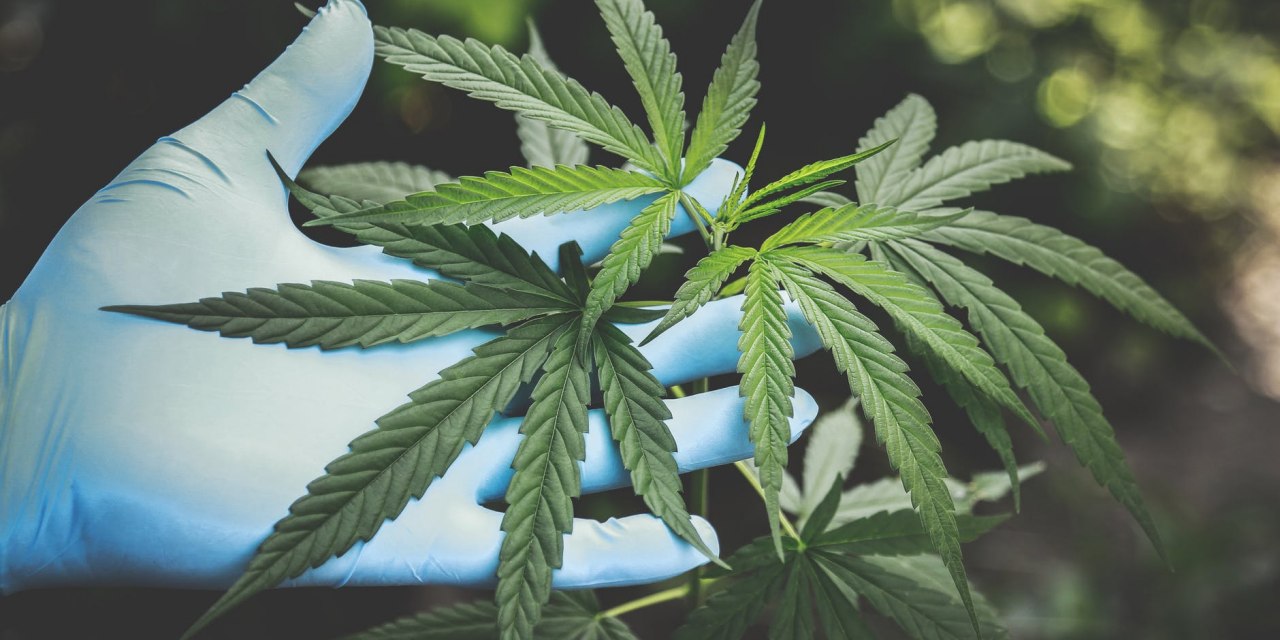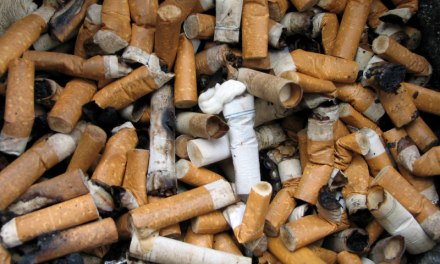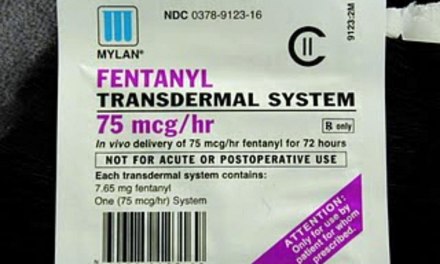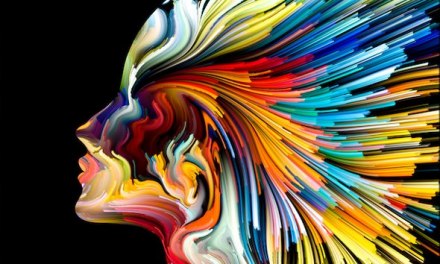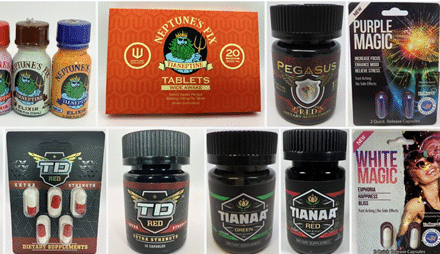One of many articles on a new meta-analysis of research on cannabis and pain management:
For Pain Relief, Cannabis May Be No Better Than a Placebo
From the news release: ”A strong placebo response may be largely responsible for the significant pain reduction observed in clinical trials of cannabis-based therapies, results of a new meta-analysis suggest.”
Not a surprise, really. The findings confirm what many experts have long suspected. It doesn’t mean that using pot won’t help some people feel better. Just that the benefit isn’t directly attributable to the cannabis. It’s more a matter of expectations.
“The researchers speculate that the sheer amount of media attention surrounding cannabis trials may have contributed to a strong positive bias toward the efficacy of cannabinoids in pain therapy.” In other words, the way cannabis is promoted in the media actually reinforces the user’s faith in its value — well beyond the science, as the saying goes.
All I can think of to say, is ‘well, sure’.
The experience of psychoactive drugs has always depended heavily on the user’s state of mind and the expectations they bring to drug use. The ‘set’, as it’s sometimes called. That’s where the media comes in. Somehow, the flood of favorable articles and opinion pieces on cannabis have become a real driver of positive expectations. I did hear one pro-cannabis physician admit that “essentially, the relief the pain patient gets is the relief he or she expects to get.” Besides, many persons who suffer from chronic pain are also taking other drugs for pain relief along with using cannabis. That can just confuse the issue.
I’m not the only one to have noticed that heavy positive slant in the popular media. Cannabis may have opened the door there, but proponents of other mind-altering substances — ketamine, psilocybin, MDMA, mescaline — have been quick to take advantage. Where there was contradictory information available, it was rarely mentioned, much less emphasized. One researcher described the discussion around drug use as ‘naive’ in the extreme – as if these were brand new drugs, recently discovered, and not something that societies had been dealing with for much of civilized history.
With very mixed success.
Nonetheless, as Nora Volkow of NIDA was quoted, ‘that ship has sailed.’ The camel’s nose and most of the rest of him is already inside the tent.
I suspect most addiction treatment people have taken a philosophical view towards all this. As one of my colleagues put it, “nobody consulted me anyway.”
There are echoes of a period early on in the prescription painkiller epidemic – the sense of widespread disregard for the risks associated with longer-term opioid use. Until it was too late, of course, and people began to wake up to what was happening all around them.
“Are people just being stupid?” asked a former client, once addicted to heroin herself.
“Not stupid,” I recall answering. “Overenthusiastic.” But of course, that can be as dangerous as evil intent. Think cryptocurrency.
I’m sure some programs, not necessarily addiction treatment, will ultimately find genuine use for “psychedelic-assisted” therapies. One I can think of, that specializes in emotional trauma, will no doubt at least consider it. They’re accredited and under medical supervision, so at least some risk will be reduced.
I’m more concerned about commercialization, where the incentive so easily shifts away from the patient’s welfare and towards enhancing the revenue stream.
Sorry for straying off topic. I’m curious to see how our limited treatment resources will be impacted by the 10 or so percent of new users who will likely qualify for a Substance Use Disorder (or more than one). Perhaps 1-2% will actually find their way into treatment?
Doesn’t sound like that much, does it? But when the number of users is potentially so enormous, 1-2% can represent a whole lot of people in need.

